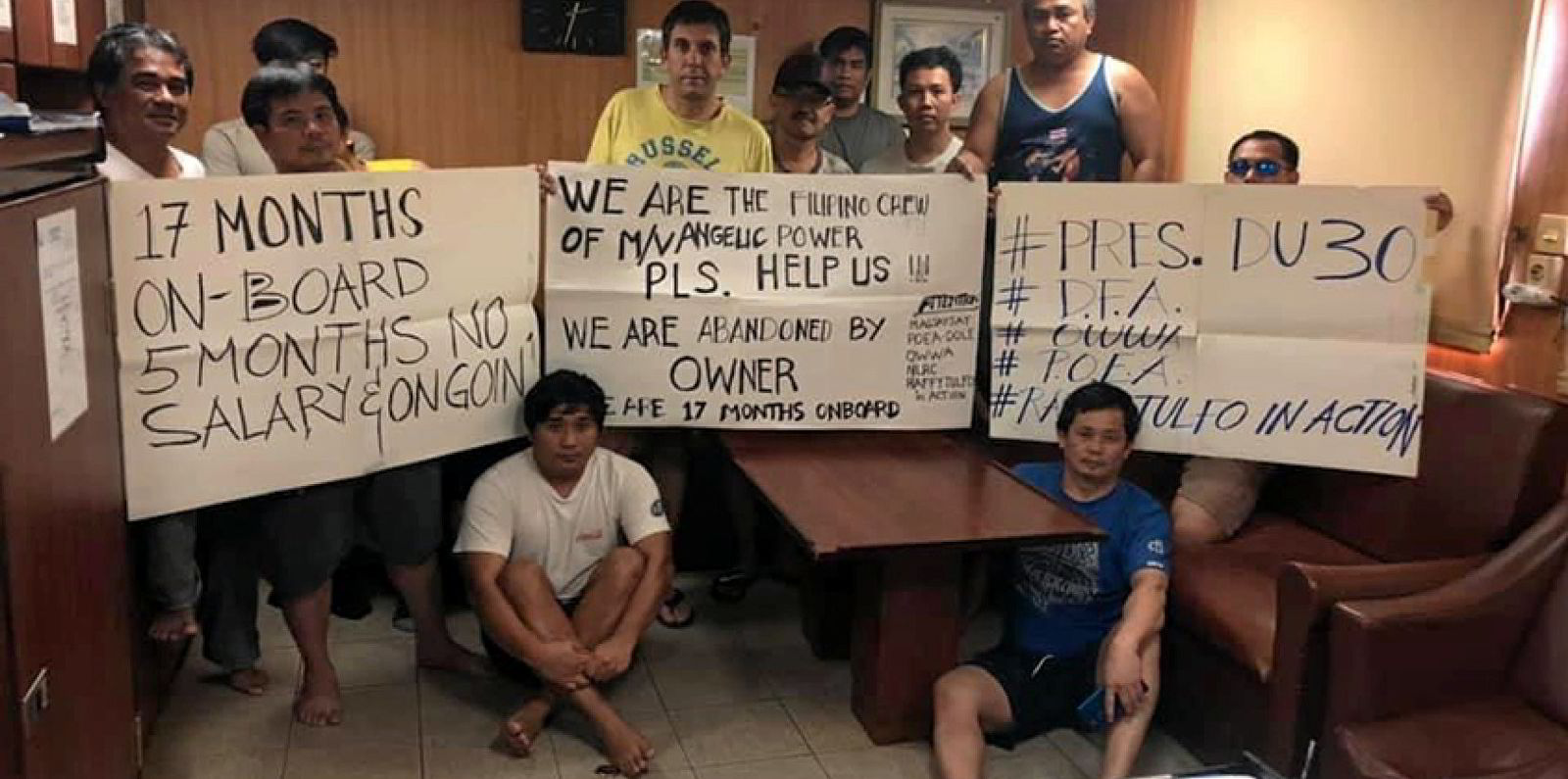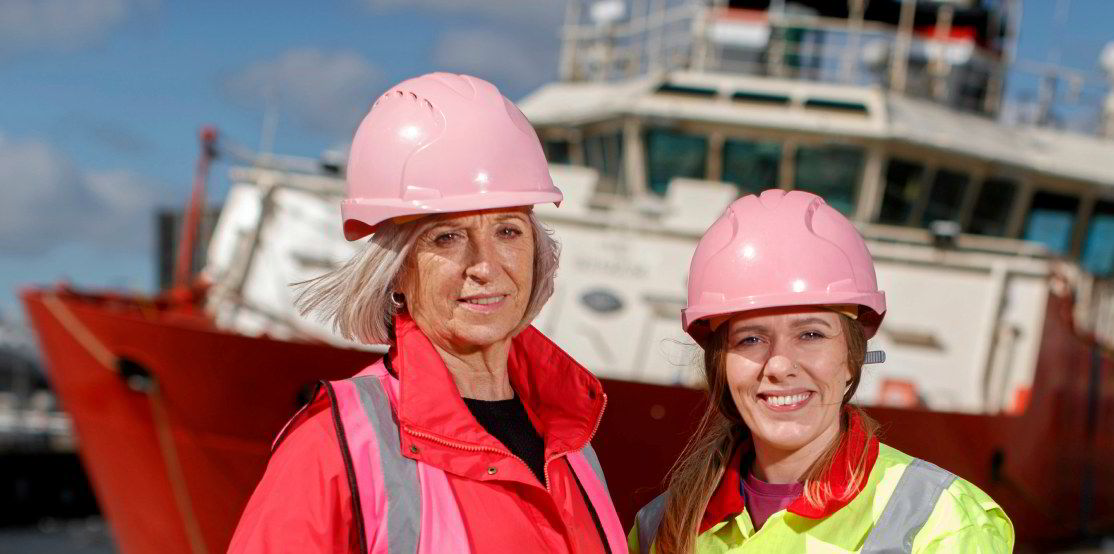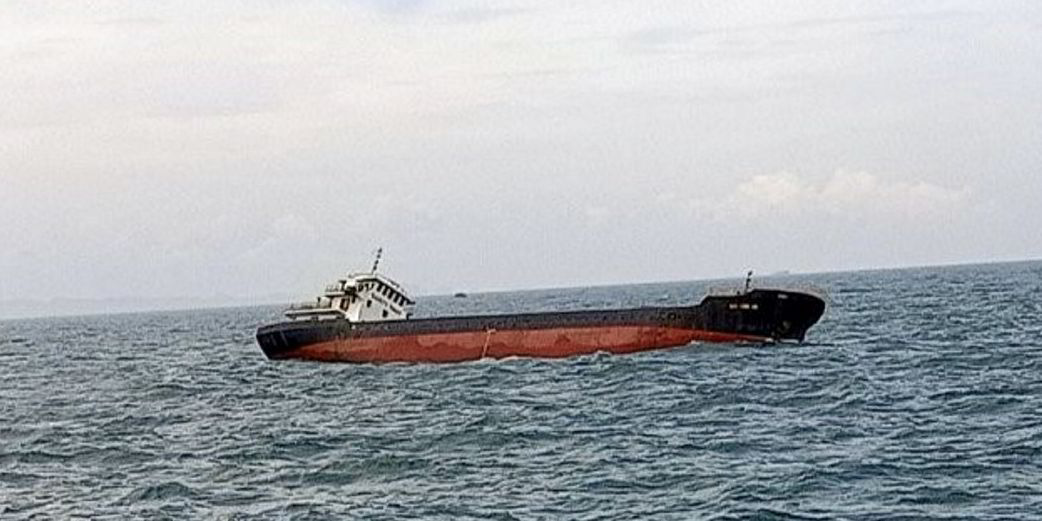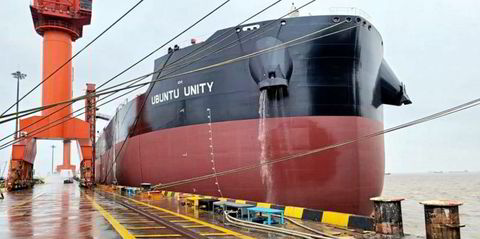New data has shone a light on the shocking scale of crew abandonment worldwide, ahead of the International Day of the Seafarer on Saturday.
Data compiled by the digital platform RightShip shows that 3,623 seafarers remained abandoned on over 200 vessels worldwide as of the end of May.
But this data only comprises abandonments that have been officially recorded, meaning that the real number could be higher, according to the platform.
Since 2004, there have been 30 vessels where abandonments have been in dispute for more than a decade, with more than 400 seafarers still waiting for their cases to be closed, according to RightShip’s statistics.
On average, crew remained onboard ship for seven months before being repatriated, with the longest being a 39-month-long wait to go home.
The majority of seafarers known to be abandoned are from India, with 724 seafarers stranded in various locations around the world. This is followed by 368 crew from Ukraine and 318 crew from the Philippines.
Simon Grainge, CEO of the International Seafarers Welfare and Assistance Network (ISWAN), said the ongoing issue of crew abandonment is “disgraceful”.
“In the last four years, ISWAN has been approached by more than 1,100 seafarers who have found themselves on abandoned vessels,” he said.
The issue has a wider impact than the pain it inflicts on seafarers individually, he added.
“Not only must the seafarers endure a traumatic experience for often a considerable period of time — their loved ones at home find themselves in desperate need of support,” Grainge said.
“Seafarers are often the sole earner in their families, and in cases of abandonment, the entire family has to suffer both an uncertain financial situation and great emotional stress. We are working with partners to the best of our ability to assist such seafarers and their families during this difficult time.”
The United Arab Emirates is the country with the greatest number of abandoned vessels in its waters, which numbered 26 at the end of May, the data shows.
Panama is the most common flag state of abandoned vessels.
Vessels aged 26 and 30 years see the highest number of abandonments, but RightShip noted that “surprisingly” 32 ships of less than five years old have also been cut off.
RightShip, which monitors shipowners’ performance in environmental social and governance issues, has been monitoring and gathering data on seafarer abandonment since 2017 and has built a database that maps the issue over the past 20 years.
MLC enforcement
The Maritime Labour Convention (MLC) has been ratified by the equivalent of 95% of world merchant tonnage, but less than 60% of International Maritime Organization’s 174 individual member states have ratified the convention.
There is also a lack of adequate and competent inspectorates across IMO member states to regularly inspect against and enforce MLC requirements, meaning that it falls to the shipping sector to take action on the issue — or avoid doing so.
“Though the majority of vessel owners and managers strive to do the right thing by their crews, there are those who will only act when the issue affects their bottom line,” said Steen Lund, CEO of RightShip.
The platform has developed a crew welfare self-assessment tool to allow charterers to select vessel owners and managers that have made public commitments to high standards of crew welfare.
“In the absence of rigorous international enforcement of seafarers’ rights, we help responsible organisations shine a spotlight on themselves so that best practice can be recognised and rewarded, and by extension, those who abuse the rights of seafarers suffer competitively,” Lund added.
RightShip last year worked with the Sustainable Shipping Initiative and the Institute for Human Rights and Business, in collaboration with the Rafto Foundation for Human Rights, to launch a code of conduct that encourages a more effective implementation of seafarers’ rights.
Its abandonment statistics are based on case data from the International Labour Organization, plus facts and figures including the Document of Compliance company, ship managers and registered owners, and information from other entities involved with each respective case.






